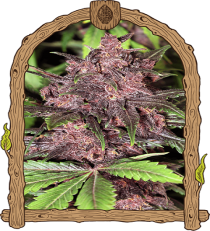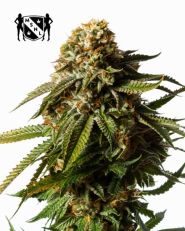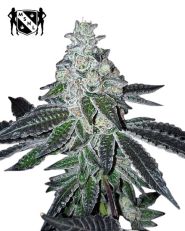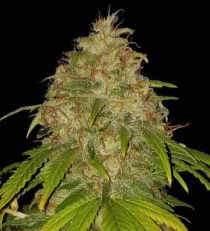 Super Lemon Haze Feminized 5 Seeds By 420 SeedbankFrom: Now US$38.87 Was US$59.80
Super Lemon Haze Feminized 5 Seeds By 420 SeedbankFrom: Now US$38.87 Was US$59.80- THC: 18%-20%
- Yield: Over 600gr/m²
- Flowering Time: 8-10 Weeks
Sale35% OFF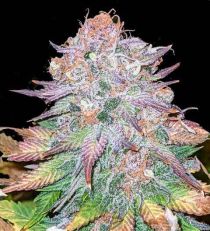 Purple Haze Feminized 5 Seeds By 420 SeedbankFrom: US$59.80
Purple Haze Feminized 5 Seeds By 420 SeedbankFrom: US$59.80- THC: 18%-20%
- Yield: 300-400gr/m²
- Flowering Time: 8-10 Weeks
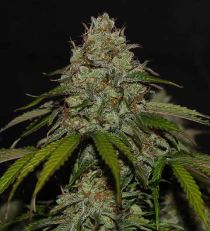 Ghost Train Haze Feminized 5 Seeds By 420 SeedbankFrom: US$63.70
Ghost Train Haze Feminized 5 Seeds By 420 SeedbankFrom: US$63.70- THC: Over 25%
- Yield: 500-600gr/m²
- Flowering Time: 10-12 Weeks
Best Seller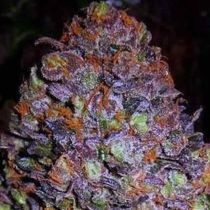 Purple Haze Autoflower - Original Sensible Seeds By Original Sensible SeedsFrom: US$18.85
Purple Haze Autoflower - Original Sensible Seeds By Original Sensible SeedsFrom: US$18.85- THC: 15%-18%
- Yield: 300-400gr/m²
- Flowering Time: 8-10 Weeks
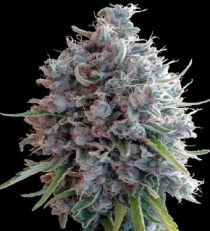 Killer A5 Haze Feminized by Ace Seeds By Ace SeedsFrom: US$58.50
Killer A5 Haze Feminized by Ace Seeds By Ace SeedsFrom: US$58.50- THC: Over 25%
- Yield: Over 600gr/m²
- Flowering Time: 10-12 Weeks
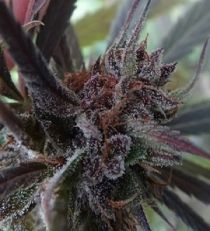 Haze x Kali China Feminized by Ace Seeds By Ace SeedsFrom: US$36.40
Haze x Kali China Feminized by Ace Seeds By Ace SeedsFrom: US$36.40- THC: 18%-20%
- Yield: 300-400gr/m²
- Flowering Time: 10-12 Weeks
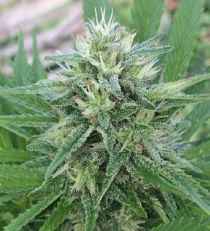 Panama x Bangi Haze Feminized by Ace Seeds By Ace SeedsFrom: US$36.40
Panama x Bangi Haze Feminized by Ace Seeds By Ace SeedsFrom: US$36.40- THC: 19%-22%
- Yield: 450-550gr/m²
- Flowering Time: 10-12 Weeks
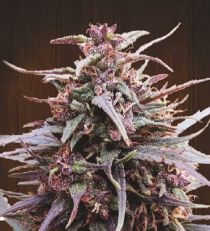 Purple Haze x Malawi Feminized by Ace Seeds By Ace SeedsFrom: US$46.80
Purple Haze x Malawi Feminized by Ace Seeds By Ace SeedsFrom: US$46.80- THC: 19%-22%
- Yield: 450-550gr/m²
- Flowering Time: Over 14 Weeks
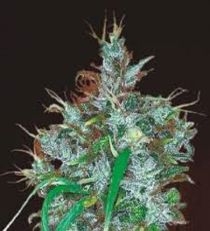 Panama Haze Feminized by Ace Seeds By Ace SeedsFrom: US$46.80
Panama Haze Feminized by Ace Seeds By Ace SeedsFrom: US$46.80- THC: 19%-22%
- Yield: 450-550gr/m²
- Flowering Time: Over 14 Weeks
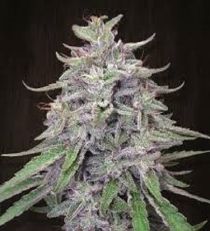 Bangi Haze Feminized by Ace Seeds By Ace SeedsFrom: US$36.40
Bangi Haze Feminized by Ace Seeds By Ace SeedsFrom: US$36.40- THC: 18%-20%
- Yield: 450-550gr/m²
- Flowering Time: 8-10 Weeks
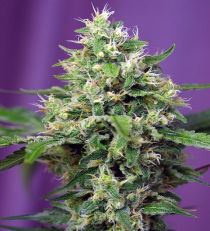 Sweet Amnesia Haze XL Auto by Sweet Seeds By Sweet SeedsFrom: US$26.00
Sweet Amnesia Haze XL Auto by Sweet Seeds By Sweet SeedsFrom: US$26.00- THC: 18%-20%
- Yield: 400-500gr/m²
- Flowering Time: 6-8 Weeks
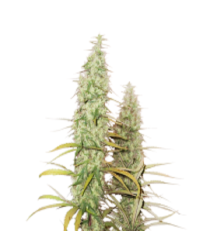 Santa Marta Haze Auto by Seedstockers By SeedstockersFrom: US$27.30
Santa Marta Haze Auto by Seedstockers By SeedstockersFrom: US$27.30- THC: 19%-22%
- Yield: 450-550gr/m²
- Flowering Time: 6-8 Weeks
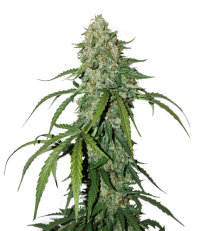 CBD 1:1 Silver Lime Haze Auto by Seedstockers By SeedstockersFrom: US$52.00
CBD 1:1 Silver Lime Haze Auto by Seedstockers By SeedstockersFrom: US$52.00- THC: Less than 10%
- Yield: 450-550gr/m²
- Flowering Time: 6-8 Weeks
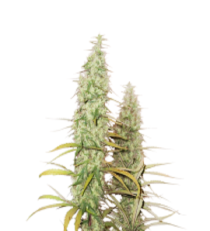 Santa Marta Haze by Seedstockers By SeedstockersFrom: US$22.75
Santa Marta Haze by Seedstockers By SeedstockersFrom: US$22.75- THC: 19%-22%
- Yield: 450-550gr/m²
- Flowering Time: Over 14 Weeks
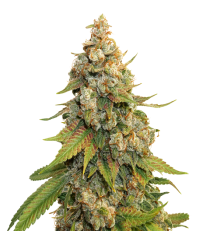 Golden Lemon Haze by Seedstockers By SeedstockersFrom: US$22.75
Golden Lemon Haze by Seedstockers By SeedstockersFrom: US$22.75- THC: Over 22%
- Yield: 450-550gr/m²
- Flowering Time: 8-10 Weeks
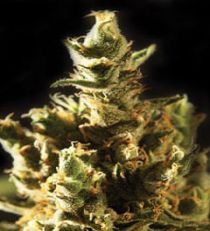 The Bulldog Haze by Bulldog Seeds – 5 SeedsFrom: US$46.80
The Bulldog Haze by Bulldog Seeds – 5 SeedsFrom: US$46.80- THC: 19%-22%
- Yield: Over 600gr/m²
- Flowering Time: 10-12 Weeks
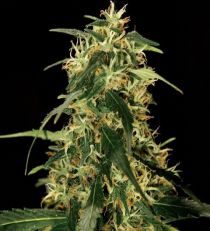 Silverstar Haze by Bulldog Seeds – 5 SeedsFrom: US$42.90
Silverstar Haze by Bulldog Seeds – 5 SeedsFrom: US$42.90- THC: 19%-22%
- Yield: Over 600gr/m²
- Flowering Time: 10-12 Weeks
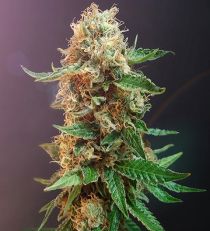 The Bulldog Haze Auto by Bulldog SeedsFrom: US$39.00
The Bulldog Haze Auto by Bulldog SeedsFrom: US$39.00- THC: 19%-22%
- Yield: 450-550gr/m²
- Flowering Time: 6-8 Weeks
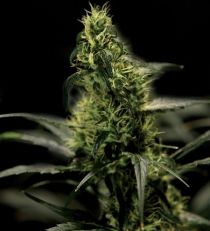 Energy Haze by Bulldog Seeds – 5 SeedsFrom: US$46.80
Energy Haze by Bulldog Seeds – 5 SeedsFrom: US$46.80- THC: 15%-18%
- Yield: 500-600gr/m²
- Flowering Time: 10-12 Weeks
 Sensi #32 Fem (Silver Haze x Fire OG) by Sensi Seeds By Sensi SeedsFrom: US$22.62
Sensi #32 Fem (Silver Haze x Fire OG) by Sensi Seeds By Sensi SeedsFrom: US$22.62- THC:
- Yield: Over 600gr/m²
- Flowering Time: 12-14 Weeks
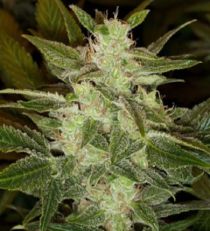 Auto Speed Haze by black Skull Seeds By Black Skull SeedsFrom: US$18.85
Auto Speed Haze by black Skull Seeds By Black Skull SeedsFrom: US$18.85- THC: 10%-14%
- Yield: 300-400gr/m²
- Flowering Time: 6-8 Weeks
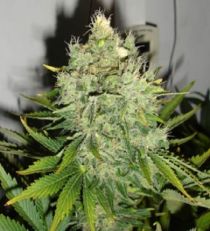 Pepperjack Haze by Black Skull Seeds By Black Skull SeedsFrom: US$18.85
Pepperjack Haze by Black Skull Seeds By Black Skull SeedsFrom: US$18.85- THC: 19%-22%
- Yield: 400-500gr/m²
- Flowering Time: 6-8 Weeks
Haze Seeds
Choose from our huge selection of the best Haze cannabis seeds available and grow your very own sativa dominant plant. Haze strains offer a creative and uplifting high making them perfect for daytime use and social environments. With a distinctive earthy and citrus aroma, Haze strains have a refreshing taste and smell that will leave you wanting more.
Read MoreWhere do Haze strains come from?
The original Haze strain was the product of combining several landrace strains from around the world.
Landrace strains are cannabis plants that are indigenous to a specific region and have adapted to the environmental conditions of that area over many years. In the case of Haze, the genetics primarily came from Colombia, Mexico, Thailand, and South India.
Renowned for their distinctly loud aromas, soaring cerebral effects, and sometimes challenging cultivation requirements (although newer varieties are great for beginners), trace their origins back to the 1960s and 1970s. They were initially developed in Santa Cruz, California, but quickly spread to the global market. They immediately gained legendary status in Amsterdam, cementing their place in cannabis history.
What can you expect from Haze weed?
Effects
Haze weed is renowned for its potent cerebral and euphoric high. Haze strains will generally leave you feeling more energized and focused, and you might have an extra boost of creativity.
Aroma and Flavor
Haze strains are well-known for their unique aromatic profiles, which usually include a mix of earthy, spicy, and sweet citrus notes. The flavor of Haze strains mirrors its aromatic complexity. Take a hit and you'll be greeted with a spicy-citrus zest, complemented by undercurrents of earthy and woody nuances.
Plant Structure and Cultivation Challenges
Haze plants are typically characterized by their tall and slender stature, boasting long, narrow leaves that are a telltale sign of their Sativa genetics. Due to their genetic makeup, they usually have a longer flowering period than other strains, yielding long, resinous, but not super dense buds. The plant's towering height and unique structure make it particularly well-suited for outdoor cultivation or spacious indoor setups.
It's worth keeping in mind that Haze strains can be somewhat demanding to cultivate, mostly due to their long flowering times and a preference for specific environmental conditions. But if you can keep them happy, they'll reward you with a bountiful harvest of top-quality, potent buds.
Variations and Hybrids
In this brave new world of weed, Haze has been hybridized with all manner of strains to create exciting new genetics. These newer hybrid offerings sometimes come with reduced flowering periods, more manageable plant heights, and a greater tolerance for less-than-perfect growing conditions.
Growing tips for Haze seeds
- Choose the Right Environment: Haze strains thrive in warm, sunny climates, mimicking their equatorial landrace origins. Indoor growers should aim for temperatures between 21-27°C (70-80°F) with ample light.
- Be Patient with Flowering Time: One of the hallmark challenges of growing Haze is its long flowering period, which can extend up to 12-14 weeks. Patience is key, as rushing this phase can diminish the quality and potency of your yield.
- Manage Height and Space: Haze plants can grow quite tall, thanks to their Sativa genetics. Indoor growers should consider techniques like topping or using a Screen of Green (SCROG) setup to control height and encourage lateral growth.
- Ensure Proper Nutrition: Haze plants benefit from higher nitrogen levels during the vegetative stage. As they transition to flowering, gradually increase phosphorus and potassium to support bud development. Be mindful not to overfeed, as Haze strains can be sensitive to nutrient burn.
- Optimize Lighting: If growing indoors, high-intensity discharge (HID) lamps such as HPS (High-Pressure Sodium) or LED grow lights are ideal for providing the intense light Haze strains crave for robust growth and flowering.
- Monitor Humidity Levels: To prevent mold and mildew, especially the dense flowering phase, keep humidity levels in check. Aim for 40-50% during flowering, reducing as harvest approaches.
- Prune for Airflow and Light Penetration: Regular pruning will help remove unnecessary foliage and lower branches that receive little light, enhancing air circulation and directing energy towards the top colas.
- Consider Hydroponics for Faster Growth: While Haze strains do well in soil, hydroponic systems can accelerate vegetative growth and offer more control over nutrients, which can reduce the overall growth cycle by a week or two.
- Be Prepared for a Longer Grow: Haze's extended flowering time means a longer commitment than many other strains. Plan your grow calendar accordingly to avoid any timing conflicts.

